Unveiling High-End Vehicle Collision’s Hidden Damage Hotspots
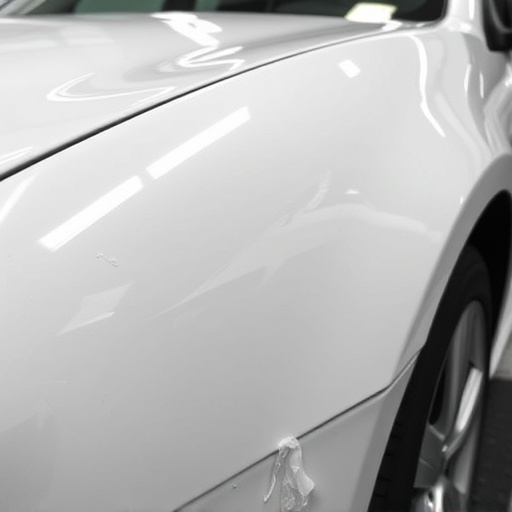
High-end vehicle collisions can cause significant damage beyond visible exterior dents. Interior com…….
In an era where automotive technology is rapidly evolving, the concept of ‘High-End Vehicle Collision’ has emerged as a critical aspect shaping the future of safe and sustainable transportation. This term encapsulates the sophisticated systems and advanced safety features designed to protect occupants and minimize harm in the event of a crash. The global automotive industry is witnessing a significant shift towards prioritizing high-end collision prevention and mitigation, driven by stringent regulatory standards, growing consumer awareness, and the potential for significant economic benefits. This article aims to provide an extensive exploration of this vital topic, offering insights into its definition, impact, technological innovations, challenges, and future prospects.
High-end vehicle collision refers to the integration and deployment of advanced safety technologies within premium automobiles to enhance occupant protection during a collision. It involves a multifaceted approach combining structural design, active safety systems, passive safety features, and intelligent vehicle-to-vehicle (V2V) communication. The primary objective is to reduce the severity of injuries, prevent fatalities, and transform the overall driving experience by making vehicles more responsive and predictive in hazardous situations.
The evolution of high-end vehicle collision can be traced back to the late 20th century when automakers began incorporating basic safety features such as airbags and anti-lock braking systems (ABS). Over time, these systems became more sophisticated with advancements in sensor technology, software engineering, and computer-aided design. The introduction of advanced driver-assistance systems (ADAS) marked a significant milestone, paving the way for autonomous vehicles and enhanced collision avoidance. Today, high-end vehicle collision represents the pinnacle of automotive safety innovation, pushing the boundaries of what is possible to protect drivers, passengers, and pedestrians.
The impact of high-end vehicle collision is not limited to any single region; it is a global phenomenon with far-reaching implications. According to the World Health Organization (WHO), road traffic accidents claim approximately 1.35 million lives annually, making them a leading cause of death worldwide, particularly among young adults. This has prompted governments and automotive industry leaders across different regions to address this issue through stricter safety regulations and the adoption of advanced collision avoidance systems.
The economic implications of high-end vehicle collision are multifaceted, affecting both the automotive industry and broader economic systems. The global market for advanced driver-assistance systems (ADAS) is projected to grow significantly in the coming years, driven by increasing demand for safer vehicles and stringent regulatory requirements.
The field of high-end vehicle collision is characterized by rapid technological progress, with innovations continually pushing the boundaries of what is possible in terms of safety and driving experience. Here are some significant advancements shaping this domain:
Government regulations play a crucial role in driving the adoption of high-end vehicle collision technologies and ensuring consumer safety. Several key policies and regulatory frameworks have shaped this domain:
Despite its numerous benefits, high-end vehicle collision faces several challenges and criticisms that require careful consideration and strategic solutions.
Volvo, a pioneer in automotive safety, has consistently set industry benchmarks with its high-end collision avoidance systems. The company’s City Safety feature uses cameras and radar to detect pedestrians, cyclists, and large animals, automatically applying brakes if necessary. This system has been shown to reduce fatal and severe injuries by up to 50% in urban environments. Volvo’s approach demonstrates that advanced safety features can be both effective and affordable, as it offers these technologies across various models, appealing to a broad range of consumers.
Tesla’s Autopilot system has garnered significant attention for its semi-autonomous capabilities, including lane keeping, adaptive cruise control, and automatic steering. While Autopilot has shown promise in reducing accidents, it also faces criticism for its limitations and potential risks. A key lesson from this case is the importance of transparency and consumer education regarding the capabilities and constraints of ADAS. As autonomous driving technology evolves, clear communication will be vital to ensure public acceptance and safety.
Japan’s national V2V communication system, known as V-Safety, has been deployed across thousands of vehicles, enabling real-time data exchange between cars. This initiative has led to improved traffic flow, reduced congestion, and enhanced safety. The case highlights the potential benefits of widespread V2X communication systems in urban areas, where high vehicle density can create complex safety challenges.
The future of high-end vehicle collision is filled with exciting possibilities and strategic opportunities for automakers, technology providers, and regulators.
High-end vehicle collision represents a significant advancement in automotive technology, offering immense potential to enhance road safety and transform driving experiences. As the global community grapples with the challenges of traffic accidents, this domain plays a critical role in shaping a safer future. The ongoing evolution of safety systems, driven by technological advancements, regulatory frameworks, and consumer demand, underscores the industry’s commitment to progress.
By embracing collaboration, innovation, and strategic partnerships, automakers, technology providers, and regulators can navigate the complex landscape of high-end collision, ensuring that vehicles become smarter, safer, and more connected without compromising privacy or security. As autonomous driving and connected mobility gain traction, the future looks bright for a revolution in road safety that could save countless lives and reduce severe injuries worldwide.
Q: How do high-end collision systems improve safety?
A: These systems use a combination of sensors, cameras, radar, and LiDAR to detect obstacles, monitor vehicle dynamics, and predict potential hazards. They then deploy various active and passive safety features to prevent or mitigate the impact of accidents, reducing the risk of collisions and minimizing their severity.
Q: Are high-end collision systems only for luxury vehicles?
A: No, while premium manufacturers often incorporate these technologies as standard or optional features, budget-conscious consumers can also access essential safety systems at more affordable prices. Gradually implementing advanced safety features across various vehicle segments ensures accessibility without compromising on safety.
Q: How do V2X communication systems work?
A: Vehicle-to-Everything (V2X) communication allows vehicles to exchange data with each other (V2V) and infrastructure (V2I). This enables real-time sharing of information like vehicle position, speed, and brake status, improving traffic flow, reducing accidents, and enhancing overall safety on the road.
Q: What are some common challenges in implementing high-end collision systems?
A: Challenges include high implementation costs, sensor limitations in adverse conditions, cybersecurity risks, data privacy concerns, and regulatory disparities across regions. Overcoming these obstacles requires collaboration, research, standardized regulations, and transparent data practices.
Q: How can consumers be sure their vehicles are safe?
A: Consumers can look for vehicles with high safety ratings from recognized testing organizations, check for the presence of advanced safety features like collision avoidance systems and airbag packages, and stay informed about the latest safety technologies. Regular maintenance and keeping software up-to-date also contribute to vehicle safety.

High-end vehicle collisions can cause significant damage beyond visible exterior dents. Interior com…….
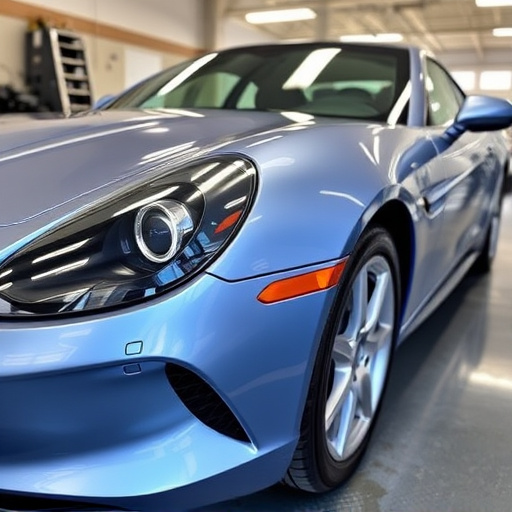
High-end vehicle collisions can mask severe structural damage beyond visual signs. Look for body pan…….
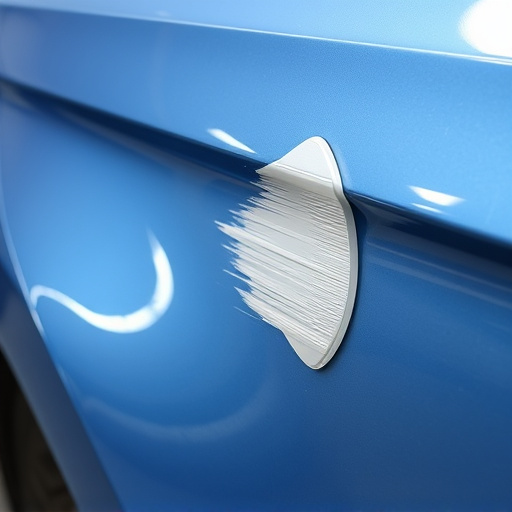
Mastering paint technology is crucial in high-end vehicle collision repair. Modern luxury cars have…….
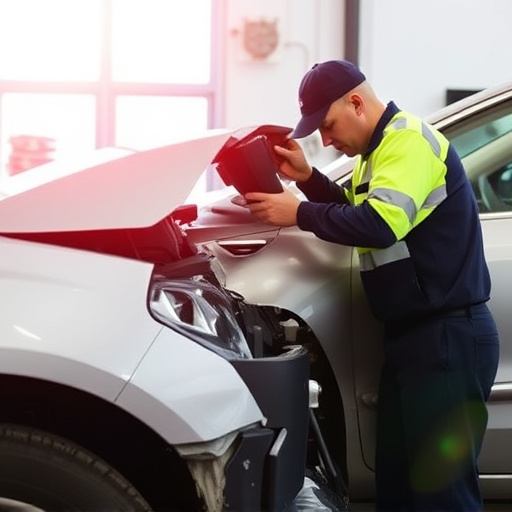
After a high-end vehicle collision, preserving pre-accident value is crucial. Choose specialized bod…….
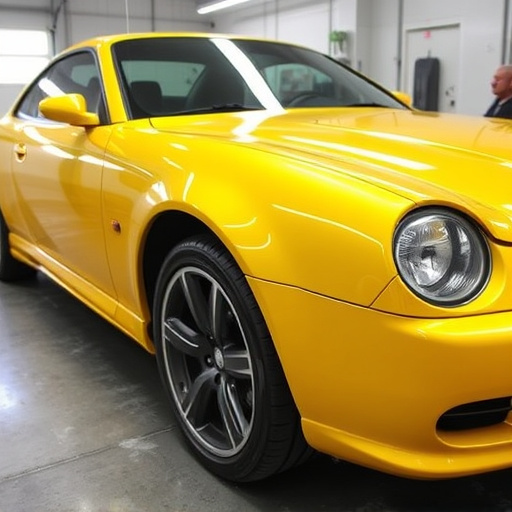
Effective collaboration between car owners and high-end vehicle collision repair technicians relies…….
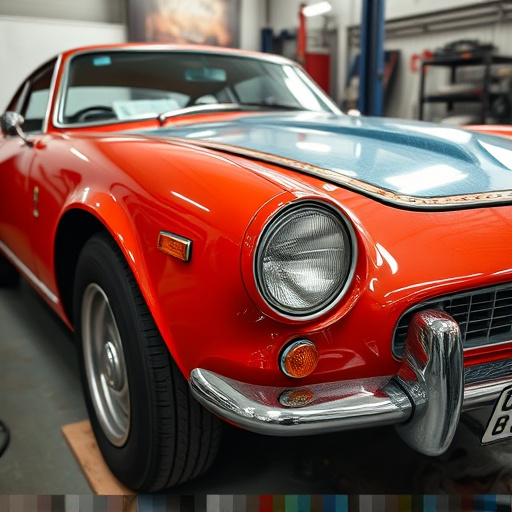
High-end vehicle collisions require specialized repair techniques, advanced equipment, and trained t…….
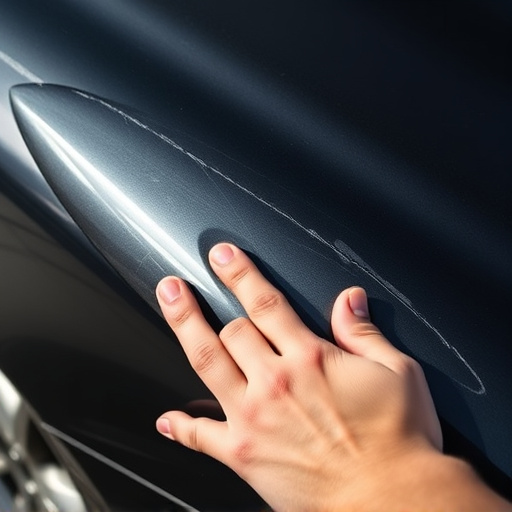
High-end vehicle collision repair for cars like Mercedes Benz differs significantly from standard re…….
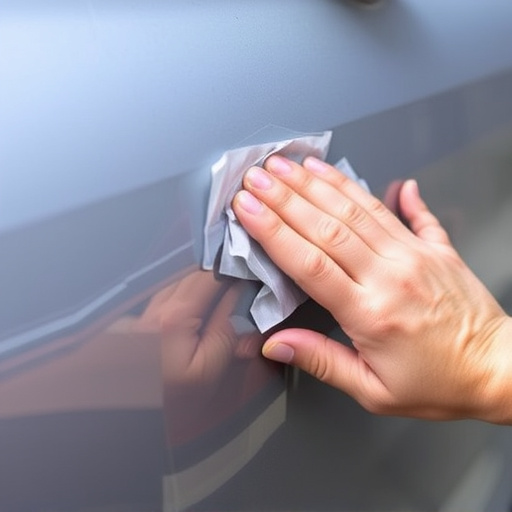
High-end vehicle collisions significantly impact performance and safety due to intricate engineering…….
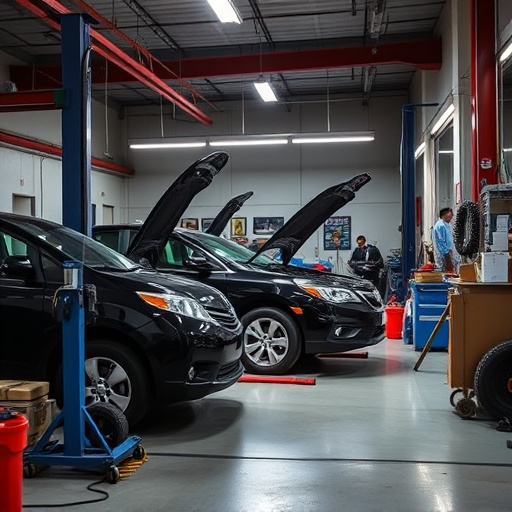
High-end vehicle collision repair demands specialized care, utilizing advanced tools and techniques…….
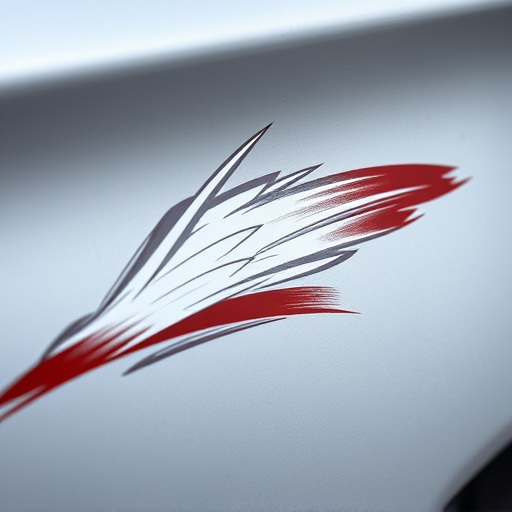
In a high-end vehicle collision, meticulous safety calibrations are vital for restoring optimal func…….